Restoration Pruning

May 2024 storm was unprecedented for many reasons; the amount of damage trees sustained, and the huge swath of our community that was affected. While a small number of property owners had trees fail during this storm most individuals were affected with tree damage ranging from severe to minimal.
These trees will need rehabilitation to be able to restore their structural integrity and natural beauty.
What is Restoration Pruning?
Restoration pruning is a comprehensive pruning approach for trees that have sustained a loss of canopy and are candidates for retention.
Examples of Loss of Canopy
The goal of restoration pruning is to help reduce the likelihood of limb or tree failure, increase vigor, and long-term structure. Implementing a Tree Health Care plan in tandem will aid in continued vigor of the tree.
How Quickly Will My Tree Recover?
Homeowners need to realize that restoration pruning is a multi visit process that can not be remedied in one visit. A certified arborist will determine viability at each annual assessment and update pruning requirements and treatment plans as needed.
Each tree will have a unique set of variables to work with and progress can take up to 10 years with 2-3 pruning cycles to see full results, with some trees never fully recovering. Arborists will determine viability at each assessment and update treatment plans as needed.


What is the Purpose of Restoration Pruning?
A certified arborist will assess each stub and discourage excessive sprouting to restore over pruned/damaged trees to their more natural branching structure.
Sprouts that grow from stubs are not attached well to the tree. They are not structurally strong, which is not an issue during the first few years of growth because the diameter of the branches are small and light. After four years of growth these limbs will be significantly larger and heavier and are at risk of creating personal injury or property damage when they fail.
Restoration pruning helps mitigate risk by removing limbs that are not structurally sound by encouraging the tree to grow back to its original proportions.
Why is a Tree Health Care Plan Necessary for Restoration Pruning?
Trees that survived the severe storm damage or whose canopy was excessively removed from over pruning are going to need special care over the next few years. The loss of canopy will reduce the trees’ ability to photosynthesize for food and to take up water. The damage will inhibit trees from absorbing key nutrients from their environment and tree owners will need to supplement with increased watering and fertilization with a comprehensive, year-round Tree Health Care program.
Damaged trees are more susceptible to disease, pest infestations, and fungal issues which is why a tree health care plan and regular arborist assessments are required to help maintain tree health.
At Texas Tree Surgeons, we love trees. We will suggest rehabilitation help instead of removal if we think a tree is viable. We are grateful for the opportunity to care for your trees, and if you ever have any questions or concerns about your trees, please let us know!
Tree Triming
View Photos of our Highly Trained Crew's Getting the Job Done
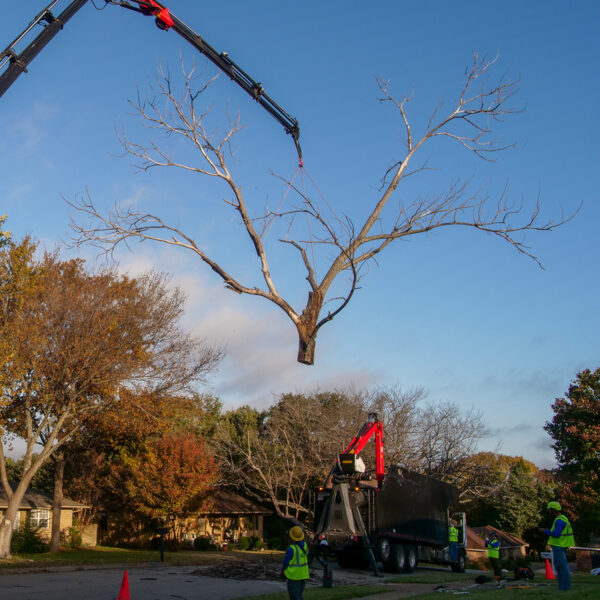
WHY USE A CRANE FOR TREE REMOVAL
What determines if a crane should be used over climbers is when; root rots such as Ganoderma or Kretzchmaria make the tree weak and structurally unsound, splitting, hornets living inside the hollow, or a tree to far gone from Hypoxylon Canker.

TCIA & ISA GUIDELINES
We strictly adhere to TCIA & ISA guidelines in order to ensure everything we do is safe and in the best interest of your trees. By getting your tree assessed by our team of ISA certified arborists and trimmed by one of our skilled crews is the best way to ensure that your tree lives a long and healthy life.

CRAPE MYRTLE TRIMMING
Crape Myrtles are beautiful and hardy trees when cared for properly; topping Crape Myrtles is a bad practice and not recommended.

FULL CLEAN-UP
To ensure a job is completed quickly groundsmen will haul away brush intermittently while trimming or removal happens to keep the site clear and safe to move around. Groundsmen will chip the material on-site as needed to make sure all debris is collected and removed at the end of the job.
Related Blogs
Similar blogs related to this topic
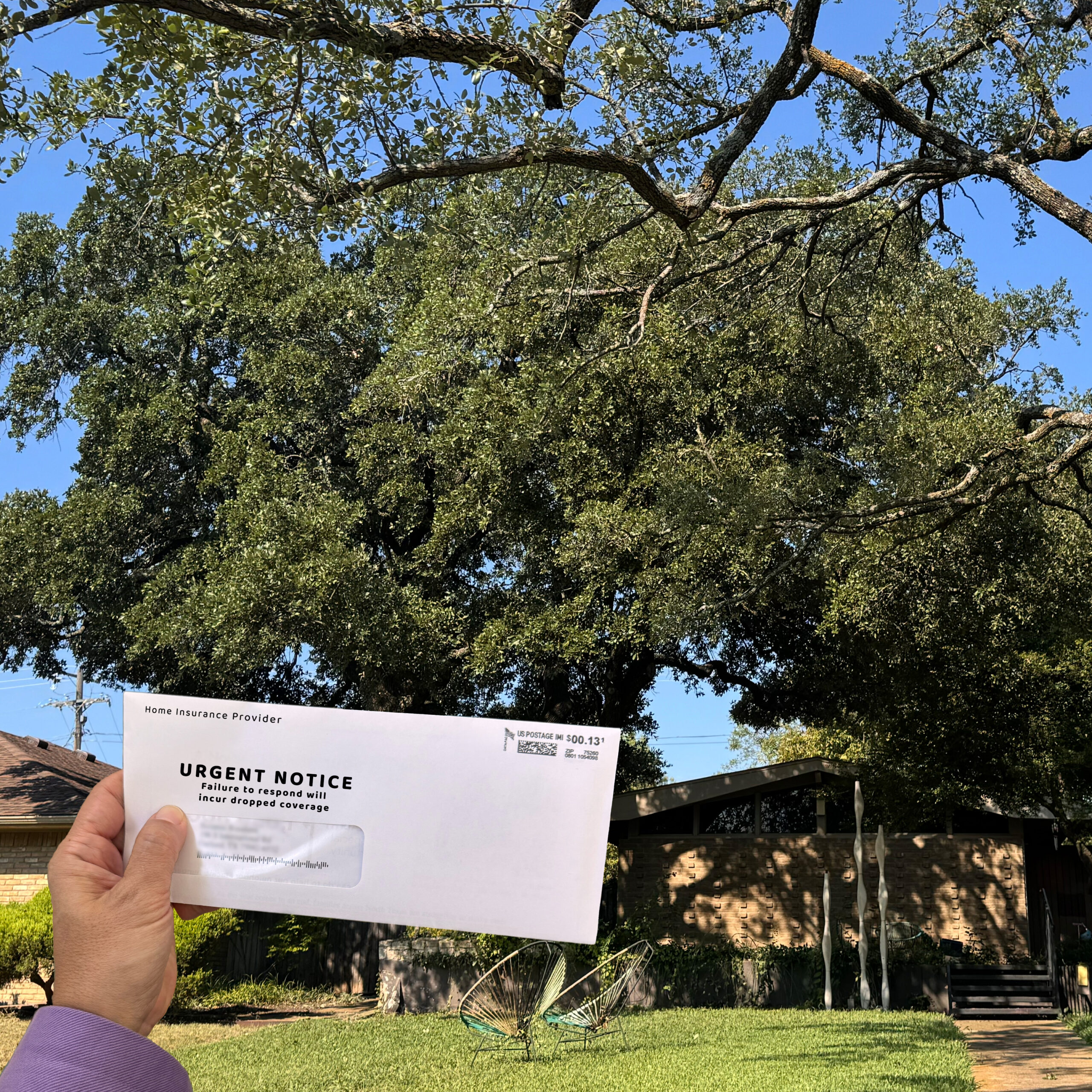
Facts About Home Insurance & Trees
It’s becoming way too common, especially in Texas, homeowners receiving a threatening letter from their insurance company to drastically remove all tree limbs over a structure to prevent them from falling onto the house. Don’t…
Read more
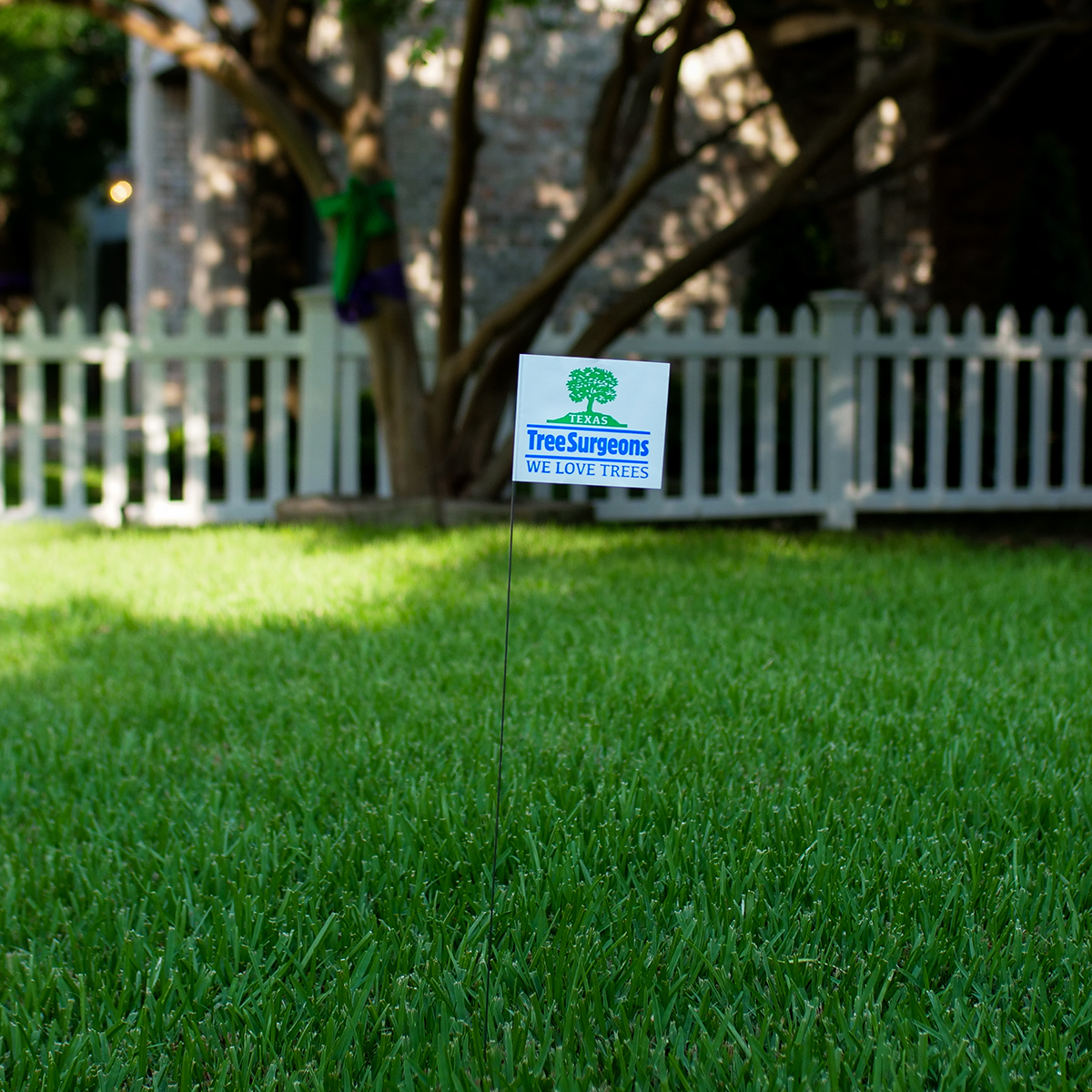
Avoid These Tree Care Mistakes for a Healthy Landscape
Below is a list of overlooked mistakes that could jeopardize the health of your trees. From missteps in pruning to incorrect watering practices, discover how to give your trees the care they deserve. Red oak…
Read more
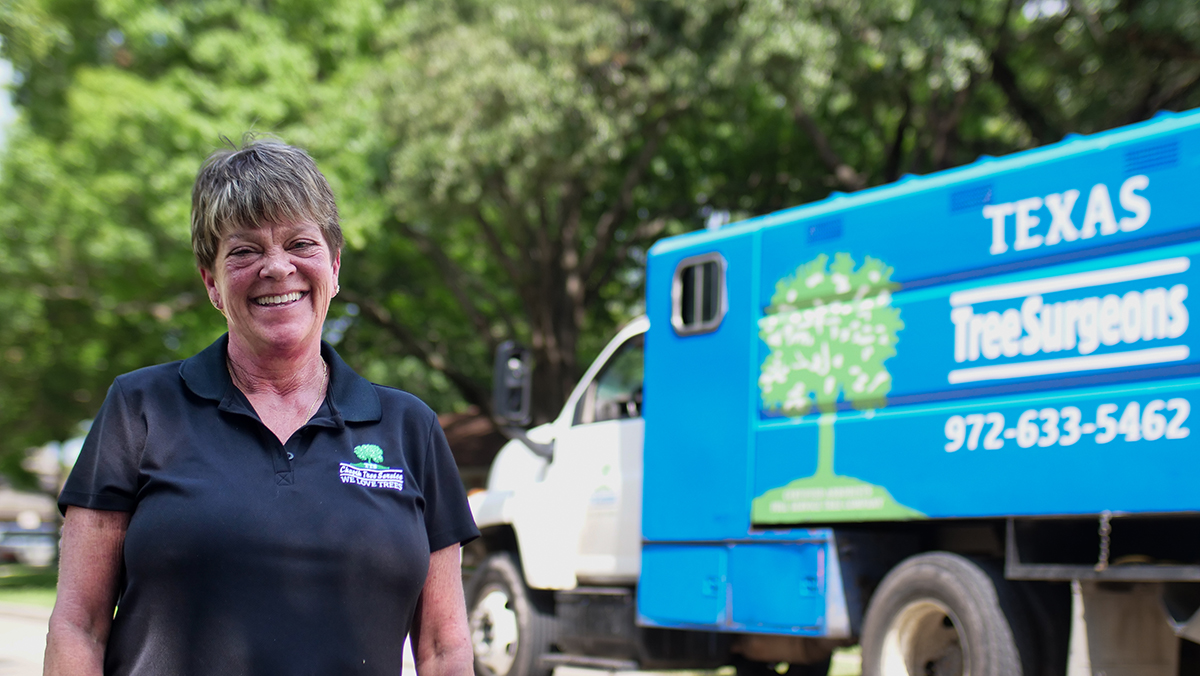
10 Tips from Your Local Arborist to Enhance Your Tree’s Health
Trees are an integral part of our environment, providing shade, beauty, and clean air. As living organisms, they require care and attention to thrive. Who better to offer advice than your local arborist? Here are…
Read more













